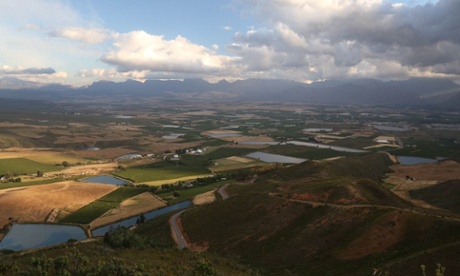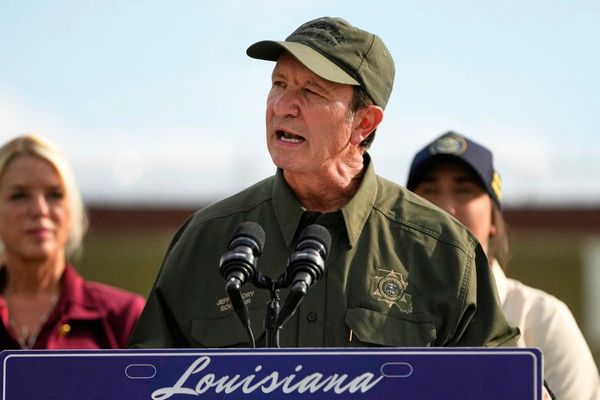
It’s April 2012 and two winters of low rainfall have taken their toll, leaving a trail of problems including significantly reduced reservoirs levels, major road cracking, poor harvests and millions facing hose pipe bans. There have even been wildfires, more usually associated with Australia than the UK.
It was a wake-up call. The extended drought highlighted that water scarcity isn’t a faraway or future problem. It can happen right here, right now on our own doorstep.
And yet this is also a global problem with implications for future generations. The World Wide Fund for Nature (WWF) estimates that by 2025 two-thirds of the world’s population may face water shortages, and the high-street retailer M&S is only too aware of this. It has identified the UK alongside Spain, Kenya and South Africa as water scarcity and quality hotspots for the company because of their significance as the locations of its food supplies.
The four countries were highlighted by the retailer using WWF’s water risk tool, which produces a map that combines M&S sourcing locations with areas that are considered at risk of water quality and scarcity. This was not just an academic exercise. As a major food retailer, the company is only too aware that it already faces some real challenges around water issues, such as reduced yields and delayed harvests. There is also an issue of product quality. For example, citrus fruits in Spain have suffered because of the lack of available water.
The mapping exercise showed that the main water impact for M&S lay within its supply chain rather than its stores. To tackle this issue it has adopted a range of approaches including its “sustainable factory and farming for the future” programmes that have clear water guidance embedded within them.
Within the UK, the numerous water initiatives undertaken by suppliers have already started to make a difference. For example, new management systems have reduced water use for fruit-growing in the UK by 45%.
Many of its farmers now use probes when growing soft fruit which release water when needed by the plant. This has resulted in nearly a 60% reduction in water and, at the same time, improvements in fruit quality, flavour and yield. In Spain, a number of effective water reduction schemes have been launched, including one new growing system that has reduced water use by 35%, in just one season.
M&S also recognises the importance of going beyond the farm gate and developing catchment-wide approaches to water stewardship, often in partnership with NGOs.
In Kenya the water stewardship programme it introduced has seen significant water reduction and improved wastewater treatment. It has also been working in South Africa with many of its 80 growers there, many of which are operating in water-stressed regions. Here suppliers were encouraged to develop their own water stewardship plans and this has started to produce results.
For example, stone fruit growers in the Western Cape have significantly reduced their water use. The average water footprint for a peach in the M&S sample is 297 litres per kg, compared with a global average of 771 litres per kg.
This rigorous approach to water stewardship is not an easy route to take. It has meant that farmers have had to work with local agencies and think beyond their land, which is often a challenge given the demands of running a busy farm. But the stewardship programme has supported suppliers in this process, as well as recognising the importance of devising their own solutions rather than just being driven by M&S.
This collaborative, catchment-wide approach stood out for the Guardian judges. They said that company won the natural Capital category for impact due to its “ambitious approach to water quality and the extent to which they are going beyond an end-of-the-pipe approach, working with catchments and the community as a whole”.
But the work that M&S has undertaken goes beyond even a water catchment area. Its collaboration with a number of NGO’s, including WWF and the Alliance for Water Stewardship, has resulted in a range of tools that can be used by the food industry globally, including best practice guidelines that are freely available online.
Their work together also helped shape the International Water Stewardship Standard that was launched in 2014 after a four-year development phase, with many M&S suppliers involved in testing and ensuring its applicability and use.
M&S is the 2015 winner of the impact award in the natural capital category of the Guardian Sustainable Business Awards.







